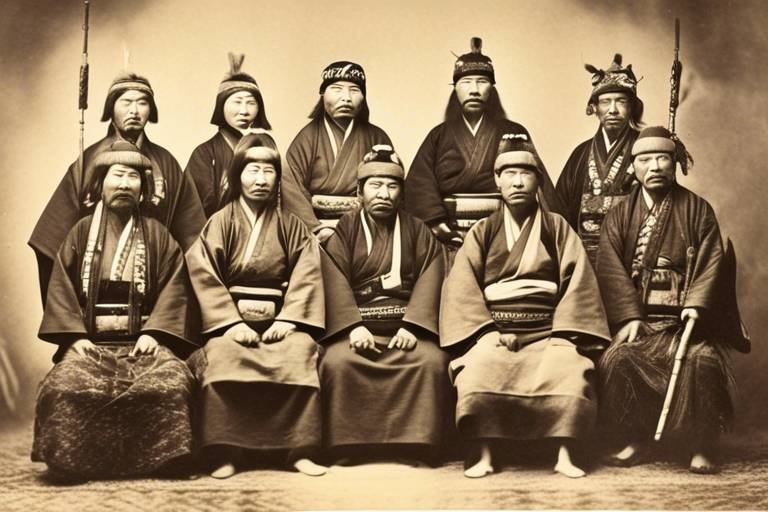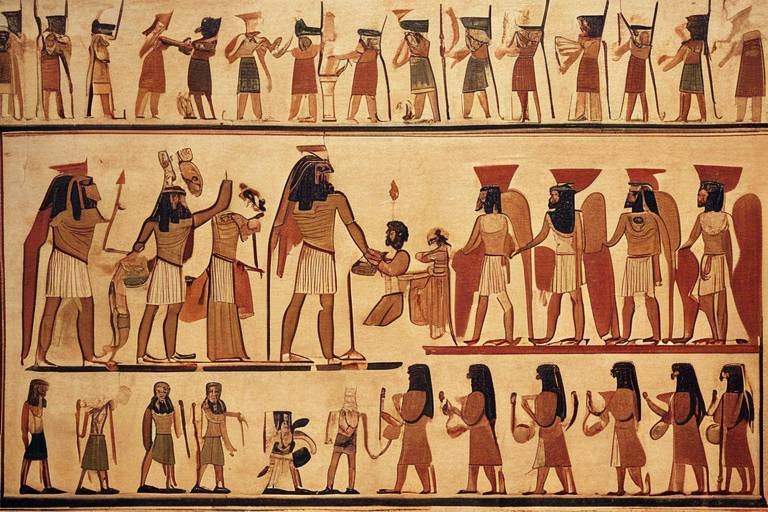The Enigma of the Lost Tombs of the Pharaohs
Deep in the sands of Egypt lie mysteries that have puzzled historians and archaeologists for centuries - the lost tombs of the pharaohs. These ancient burial sites, shrouded in enigma and intrigue, hold the key to unlocking the secrets of a civilization long gone. The quest to uncover these elusive tombs has captured the imagination of explorers and researchers, sparking a relentless pursuit of the past.
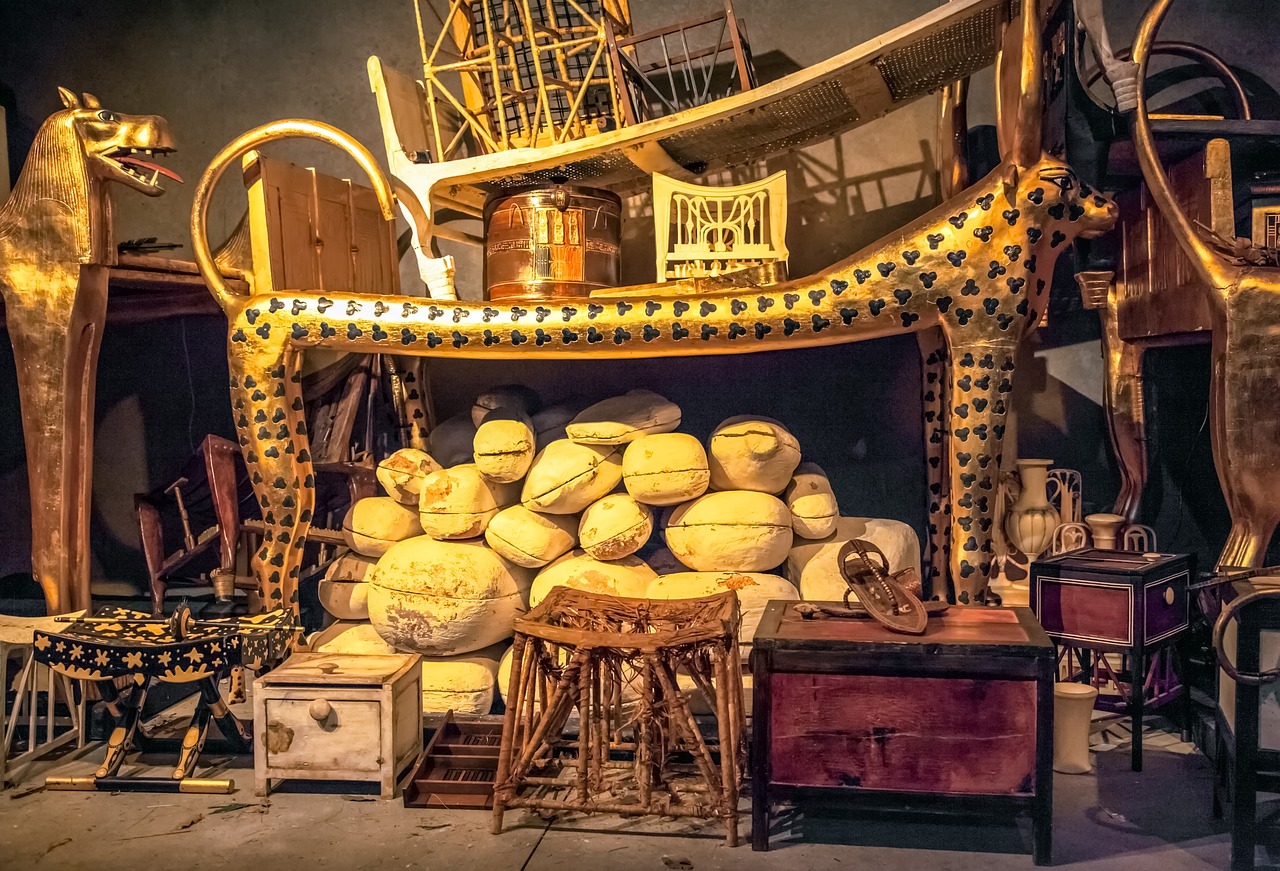
History of Pharaohs' Tombs
The history of pharaohs' tombs in ancient Egypt is a fascinating tale that unveils the deep-rooted beliefs and practices of this ancient civilization. The tombs of pharaohs held immense significance in Egyptian culture, serving as the final resting places for these revered rulers. The elaborate burial practices associated with pharaohs reflected the Egyptians' strong beliefs in the afterlife and the need to ensure a prosperous journey to the next world for the deceased rulers.
These tombs were not merely burial chambers but intricate structures filled with treasures, artifacts, and provisions for the pharaoh's journey to the afterlife. The construction of these tombs involved meticulous planning and skilled craftsmanship, with each tomb designed to be a reflection of the pharaoh's status and power in both this world and the next.
The Valley of the Kings, located on the west bank of the Nile near modern-day Luxor, is renowned for housing the tombs of many pharaohs, including the famous Tutankhamun. These tombs were adorned with intricate paintings, hieroglyphs, and symbolic representations that provided insights into the pharaoh's life, accomplishments, and beliefs.
Exploring the history of pharaohs' tombs allows us to delve into the rich tapestry of ancient Egyptian culture and traditions, shedding light on the profound reverence and awe with which these rulers were regarded. The tombs stand as enduring testaments to the power and legacy of the pharaohs, offering a glimpse into a civilization that continues to captivate and mystify us to this day.

Legendary Lost Tombs
Legends and mysteries shroud the ancient Egyptian pharaohs' tombs, captivating the imagination of explorers and historians alike. The enigma of the lost tombs of the pharaohs has sparked numerous tales of hidden chambers, undiscovered treasures, and ancient curses waiting to be unveiled.
Among the most legendary lost tombs is that of Tutankhamun, the boy king whose burial chamber held a wealth of riches and artifacts. Rumors persist of a hidden chamber within his tomb, speculated to contain even more astonishing treasures yet to be revealed to the world.
Stories of pharaohs' tombs disappearing without a trace have been passed down through generations, adding to the allure of these ancient mysteries. The quest to locate these legendary lost tombs continues to drive archaeological expeditions and research efforts in the sands of Egypt.
Imagine the thrill of uncovering a tomb that has remained hidden for centuries, holding secrets and insights into a civilization long past. The pursuit of these legendary lost tombs fuels the passion of archaeologists and historians, pushing the boundaries of exploration and discovery.
While some lost tombs may have succumbed to the ravages of time and looting over the millennia, the tantalizing possibility of stumbling upon a forgotten pharaoh's final resting place keeps the flame of curiosity burning bright in the world of Egyptology.

Archaeological Discoveries
Archaeological discoveries related to pharaohs' tombs have captivated the world with their historical significance and treasures unearthed from the sands of time. One of the most notable findings is the tomb of Amenhotep III, a powerful ruler of ancient Egypt. This monumental discovery shed light on the grandeur of pharaohs' burial sites and the wealth of artifacts buried alongside them. The tomb of Amenhotep III revealed intricate carvings, statues, and precious objects that provided valuable insights into the art and culture of the time.
Furthermore, the excavation of the tomb of Hatshepsut, one of the few female pharaohs of Egypt, unveiled a remarkable architectural marvel hidden within the cliffs of Deir el-Bahari. The elaborate design and intricate decorations of the tomb showcased the ingenuity and craftsmanship of ancient Egyptian artisans. This discovery not only offered a glimpse into the life of a powerful female ruler but also highlighted the advanced architectural techniques employed in constructing pharaohs' final resting places.
Moreover, recent archaeological expeditions have focused on the Valley of the Kings, a renowned necropolis that served as the burial ground for numerous pharaohs, including the famous Tutankhamun. Excavations in this sacred valley have unearthed a wealth of artifacts, including funerary objects, royal treasures, and intricate hieroglyphic inscriptions that provide clues to the religious beliefs and rituals of the ancient Egyptians.
The discovery of the tomb of Seti I, a prominent pharaoh of the New Kingdom, was another significant archaeological find that astonished researchers and historians. This well-preserved tomb contained stunning wall paintings, intricate reliefs, and a vast array of funerary objects that reflected the grandeur and spiritual beliefs of the ancient Egyptians. The meticulous preservation of Seti I's tomb offered a rare glimpse into the opulence and sophistication of pharaonic burials.
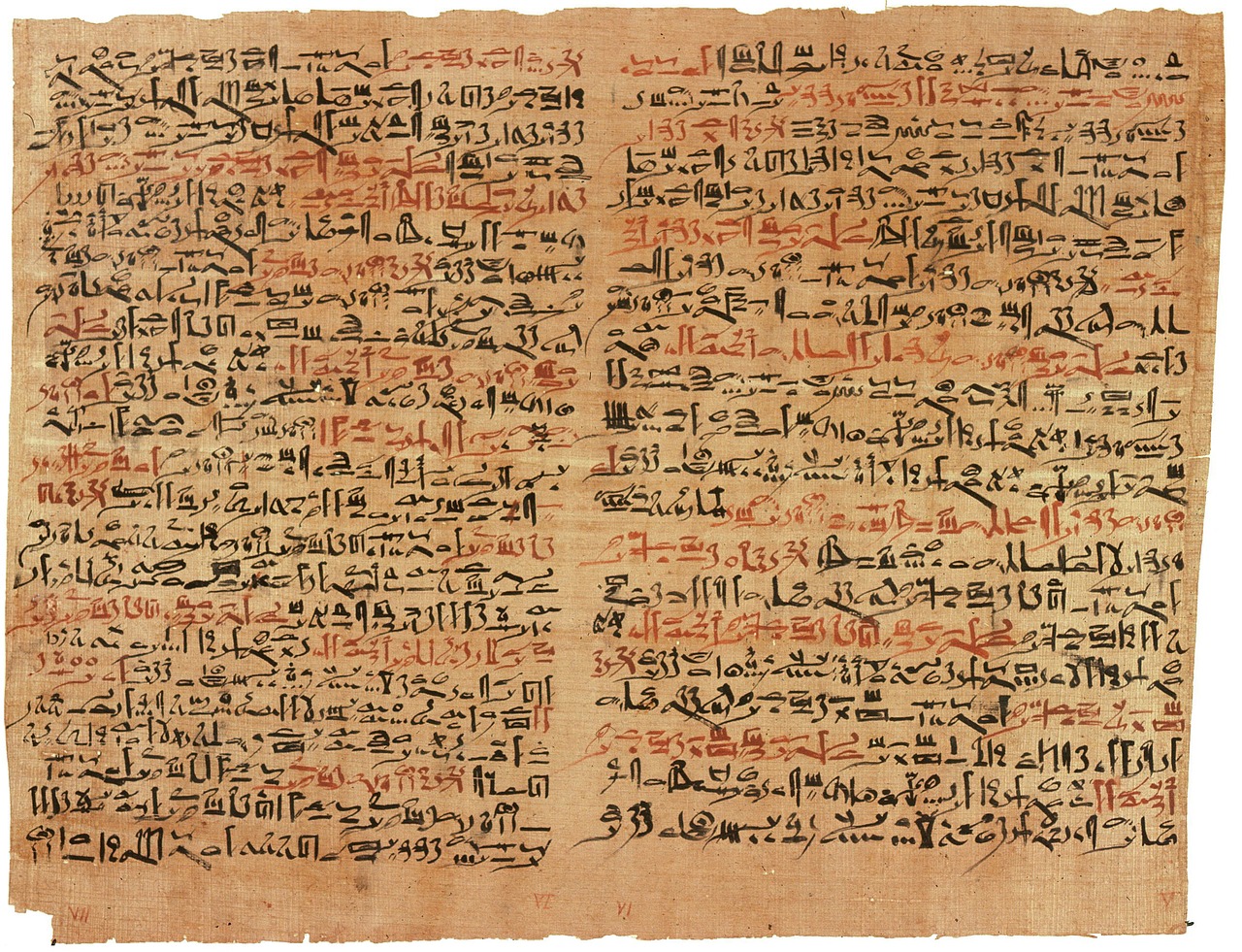
Modern Excavation Techniques
Modern excavation techniques in the field of archaeology have undergone a remarkable evolution in recent years, revolutionizing the way ancient tombs, including those of the pharaohs, are discovered and excavated. One of the most prominent advancements in modern excavation methods is the use of ground-penetrating radar (GPR), which allows archaeologists to non-invasively scan the ground and detect buried structures without the need for extensive digging.
Furthermore, the application of 3D scanning technology has enabled researchers to create detailed digital models of excavation sites, providing valuable insights into the layout and contents of tombs before physical excavation begins. This not only streamlines the excavation process but also aids in the preservation of delicate artifacts and structures within the tombs.
Another cutting-edge technique employed in modern excavation practices is remote sensing, which utilizes aerial drones equipped with high-resolution cameras to capture detailed images of archaeological sites from above. This aerial perspective offers archaeologists a comprehensive view of the landscape, helping them identify potential burial sites and plan excavation strategies more effectively.
Moreover, the use of advanced imaging techniques such as multispectral analysis has enabled researchers to uncover hidden inscriptions and paintings on tomb walls that may have been invisible to the naked eye. By employing specialized cameras that capture different wavelengths of light, archaeologists can reveal intricate details of ancient artwork and texts, shedding light on the beliefs and practices of the pharaohs and their subjects.
Overall, the integration of these modern excavation techniques has significantly enhanced the efficiency and accuracy of archaeological investigations, allowing experts to explore ancient tombs with unprecedented precision while minimizing the risk of damage to invaluable historical artifacts.
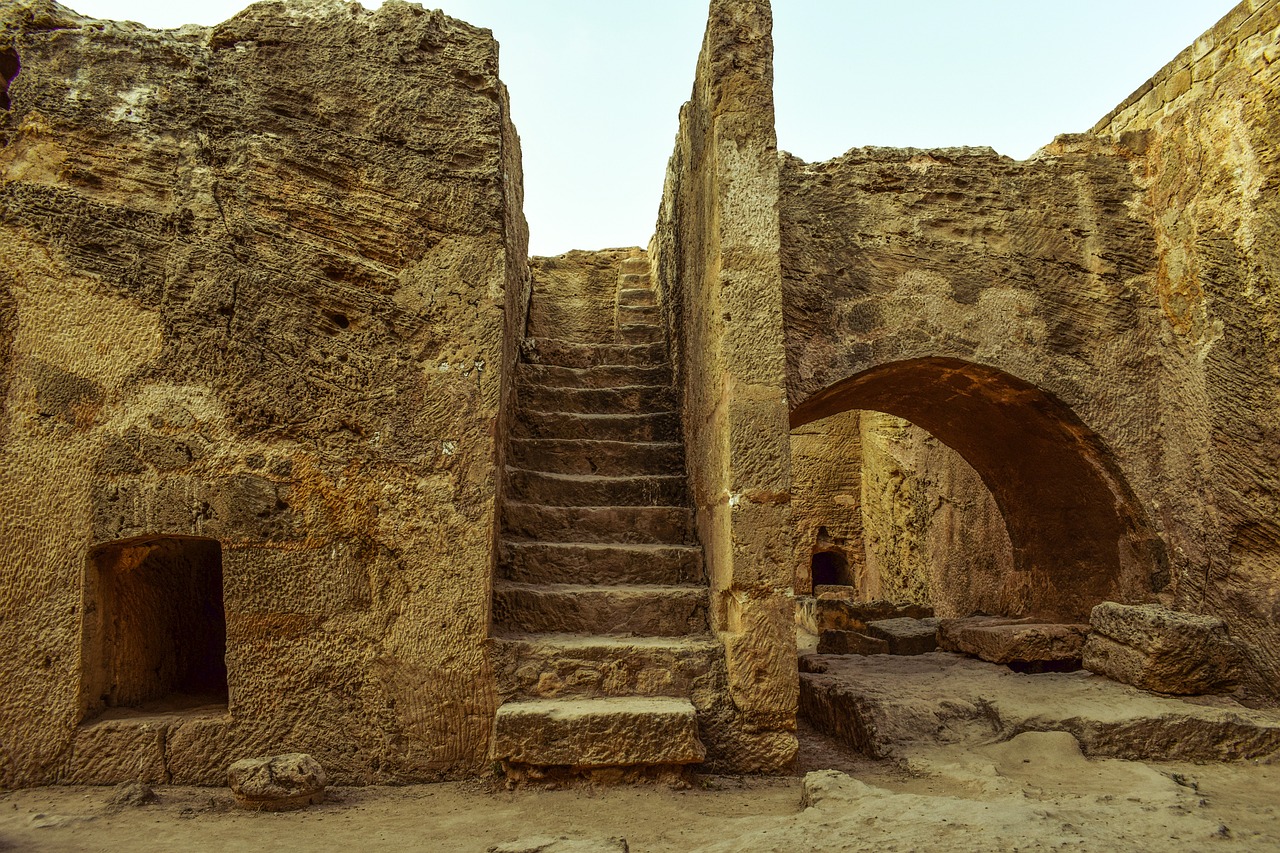
Curse of the Pharaohs
Legend has it that the pharaohs of ancient Egypt were not to be disturbed in their eternal slumber, for those who dared to defy this warning would face the wrath of the infamous . This curse, shrouded in mystery and intrigue, is said to have befallen upon those who dared to desecrate the final resting places of the pharaohs, bringing misfortune, illness, and even death in its wake.
Many tales have circulated about the curse, with stories of archaeologists and explorers meeting untimely demises after tampering with the sacred tombs of the pharaohs. From strange accidents to unexplained illnesses, the curse has left a trail of speculation and fear in its wake, leading some to believe in the supernatural powers of the ancient Egyptian rulers.
Despite the skepticism of modern science, the curse continues to capture the imagination of many, adding an air of danger and mystique to the exploration of pharaohs' tombs. The stories of the Curse of the Pharaohs serve as a cautionary reminder of the respect and reverence due to these ancient sites, urging us to tread carefully in our quest for knowledge and discovery.
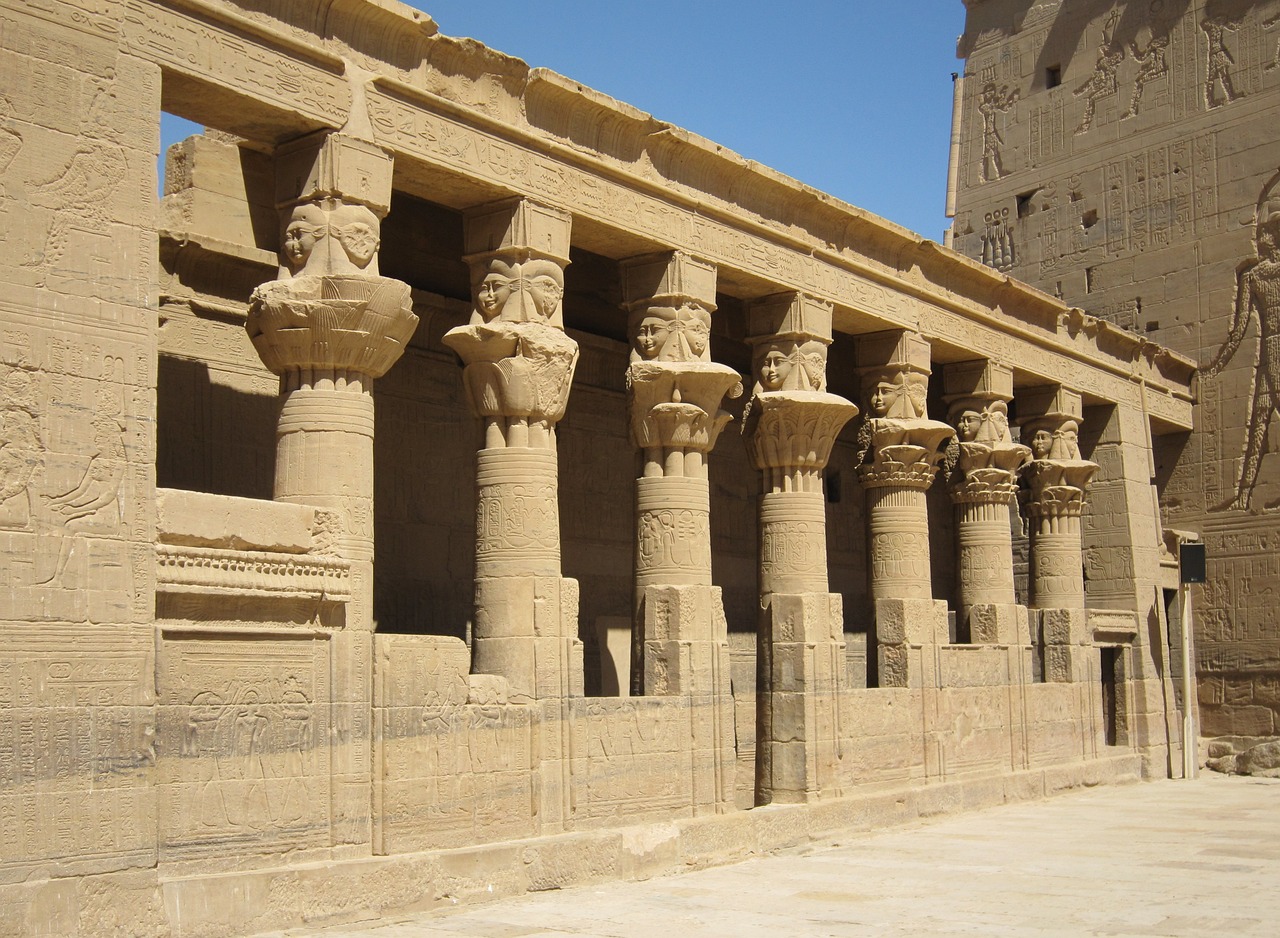
Current Research and Expeditions
Current research and expeditions in the quest for the lost tombs of the pharaohs represent a fascinating journey into the heart of ancient Egyptian history. Archaeologists and Egyptologists from around the world are tirelessly working to uncover the secrets buried beneath the sands of Egypt, hoping to reveal the mysteries of the past.
Utilizing state-of-the-art technologies like ground-penetrating radar, LiDAR scanning, and drone imaging, modern expeditions are able to explore vast areas with unprecedented precision. These tools provide a glimpse into the hidden world beneath the surface, guiding researchers in their quest to locate undiscovered tombs and chambers.
Collaborative efforts between international teams and local experts have led to significant discoveries in recent years. Excavations in the Valley of the Kings and other ancient burial sites have unearthed new clues and artifacts, shedding light on the lives and reigns of long-forgotten pharaohs.
One of the most exciting aspects of current research is the use of interdisciplinary approaches to unravel the enigmas of the past. By combining traditional archaeological methods with cutting-edge scientific techniques, scholars are able to piece together the puzzle of Egypt's rich history, offering fresh insights into the civilization that once thrived along the Nile.

Impact on Egyptology
Exploring the impact of the ongoing search for the lost tombs of the pharaohs on the field of Egyptology unveils a tapestry of interconnected discoveries and revelations. Each excavation, each artifact unearthed, and each inscription deciphered adds a new layer to our understanding of ancient Egyptian civilization. The quest for these elusive tombs has sparked a renewed interest in the study of Egyptology, attracting both seasoned archaeologists and enthusiastic amateurs alike.
As researchers delve deeper into the mysteries shrouding the pharaohs' final resting places, they are not only unearthing physical artifacts but also piecing together the intricate puzzle of Egypt's past. The discovery of a new tomb or the deciphering of hieroglyphics can shed light on aspects of ancient Egyptian society, religion, and daily life that were previously unknown. Each revelation has the potential to rewrite history books and challenge existing theories, pushing the boundaries of our knowledge further.
Moreover, the impact of these discoveries extends beyond academic circles, captivating the imagination of the general public and fostering a global fascination with ancient Egypt. The allure of the pharaohs and their tombs transcends time and borders, drawing visitors from around the world to marvel at the wonders of the past. The cultural and economic significance of Egypt's archaeological heritage cannot be overstated, as it continues to inspire art, literature, and tourism.
Furthermore, the collaborative nature of modern Egyptology, with experts from various disciplines working together to unravel the secrets of the pharaohs, exemplifies the interdisciplinary approach needed to tackle complex historical puzzles. The synergy between archaeologists, historians, linguists, and scientists has led to groundbreaking discoveries and innovative research methodologies that push the boundaries of what is possible in the field of Egyptology.
In conclusion, the search for the lost tombs of the pharaohs has not only deepened our understanding of ancient Egypt but has also redefined the way we approach the study of history. By bridging the gap between the past and the present, these archaeological expeditions pave the way for future generations to continue unraveling the enigmatic legacy of the pharaohs, ensuring that their stories endure for centuries to come.

Preservation and Conservation
Preservation and conservation of pharaohs' tombs are of paramount importance in safeguarding these invaluable historical sites for future generations. Once these ancient tombs are discovered, it becomes crucial to implement rigorous preservation strategies to prevent deterioration and damage. Conservation efforts involve a delicate balance between protecting the structural integrity of the tombs and ensuring accessibility for research and public viewing.
One key aspect of preservation is the monitoring of environmental conditions within the tombs to prevent factors such as humidity, temperature fluctuations, and microbial growth from causing harm to the artifacts and wall paintings. Advanced technologies, such as climate control systems and non-invasive monitoring devices, are employed to maintain optimal conditions inside the tombs.
Conservationists also focus on stabilizing and restoring the architectural elements of the tombs, including the intricate wall reliefs, hieroglyphics, and burial chambers. Specialized techniques are used to clean, repair, and protect these ancient surfaces without compromising their authenticity or historical significance.
Moreover, the management of visitor access plays a crucial role in the preservation of pharaohs' tombs. Establishing guidelines for sustainable tourism and educational programs helps raise awareness about the importance of conservation efforts and fosters respect for these cultural heritage sites.
In addition to physical conservation, ongoing research and documentation are essential for the long-term preservation of pharaohs' tombs. Archaeologists and Egyptologists continuously study and analyze the artifacts and inscriptions found within the tombs to deepen our understanding of ancient Egyptian civilization and ensure the legacy of these remarkable monuments endures for future generations.
Frequently Asked Questions
- What are the most famous lost tombs of the pharaohs?
The most famous lost tombs of the pharaohs include the rumored hidden chamber of Tutankhamun, the undiscovered tomb of Nefertiti, and the elusive resting place of Cleopatra.
- Is there any truth to the curse of the pharaohs?
While the curse of the pharaohs is largely considered a myth, there have been mysterious deaths and strange occurrences associated with some archaeological expeditions in the past. However, modern science attributes these events to natural causes or superstition rather than a supernatural curse.
- How do modern excavation techniques differ from traditional methods?
Modern excavation techniques utilize advanced technologies such as ground-penetrating radar, 3D scanning, and drone surveys to non-invasively map and locate potential tombs. These methods are less destructive and more precise compared to the traditional trial-and-error approach of earlier excavations.
- Why is the preservation of pharaohs' tombs important?
The preservation of pharaohs' tombs is crucial to protect these historical sites from looting, vandalism, and environmental degradation. By conserving these tombs, we can ensure that future generations have the opportunity to study and learn from these invaluable relics of ancient Egyptian civilization.




